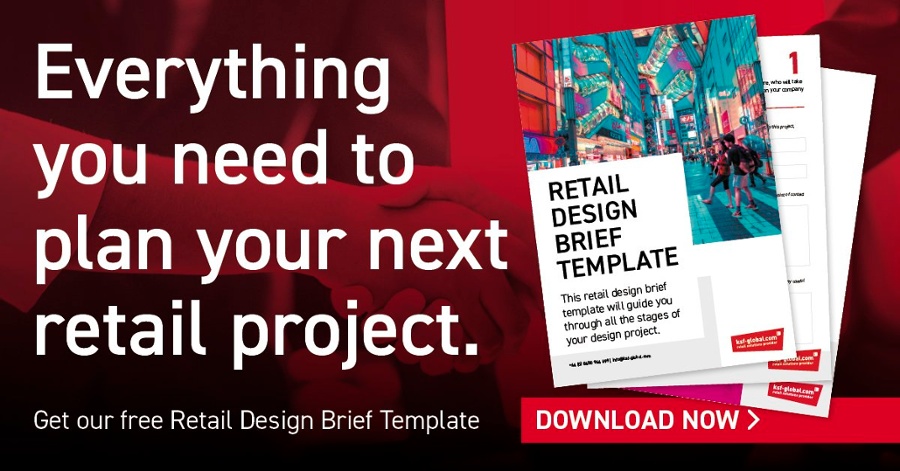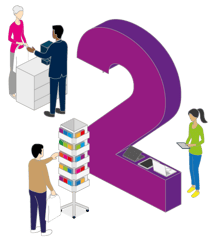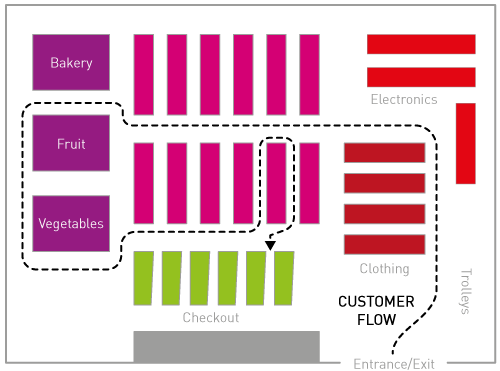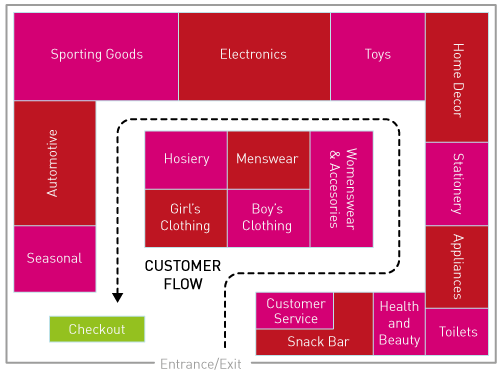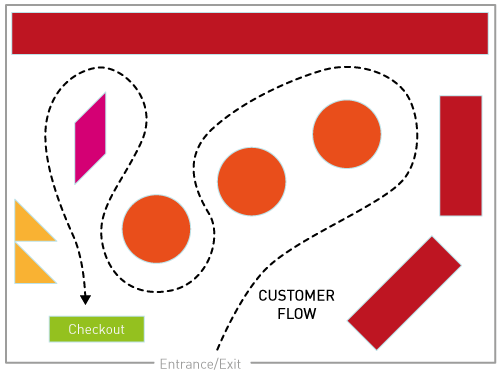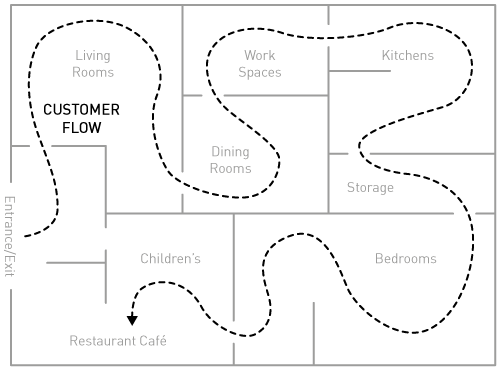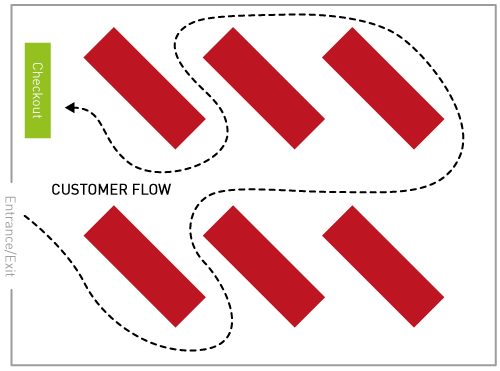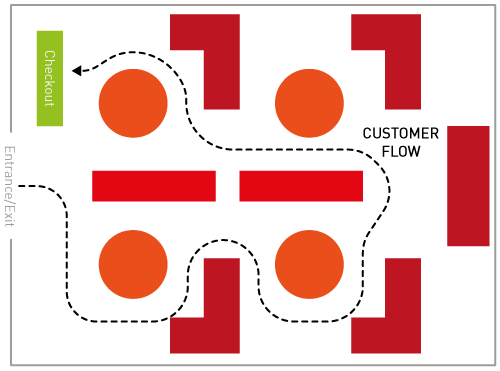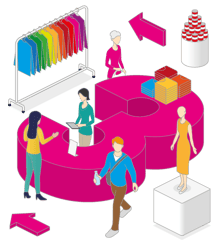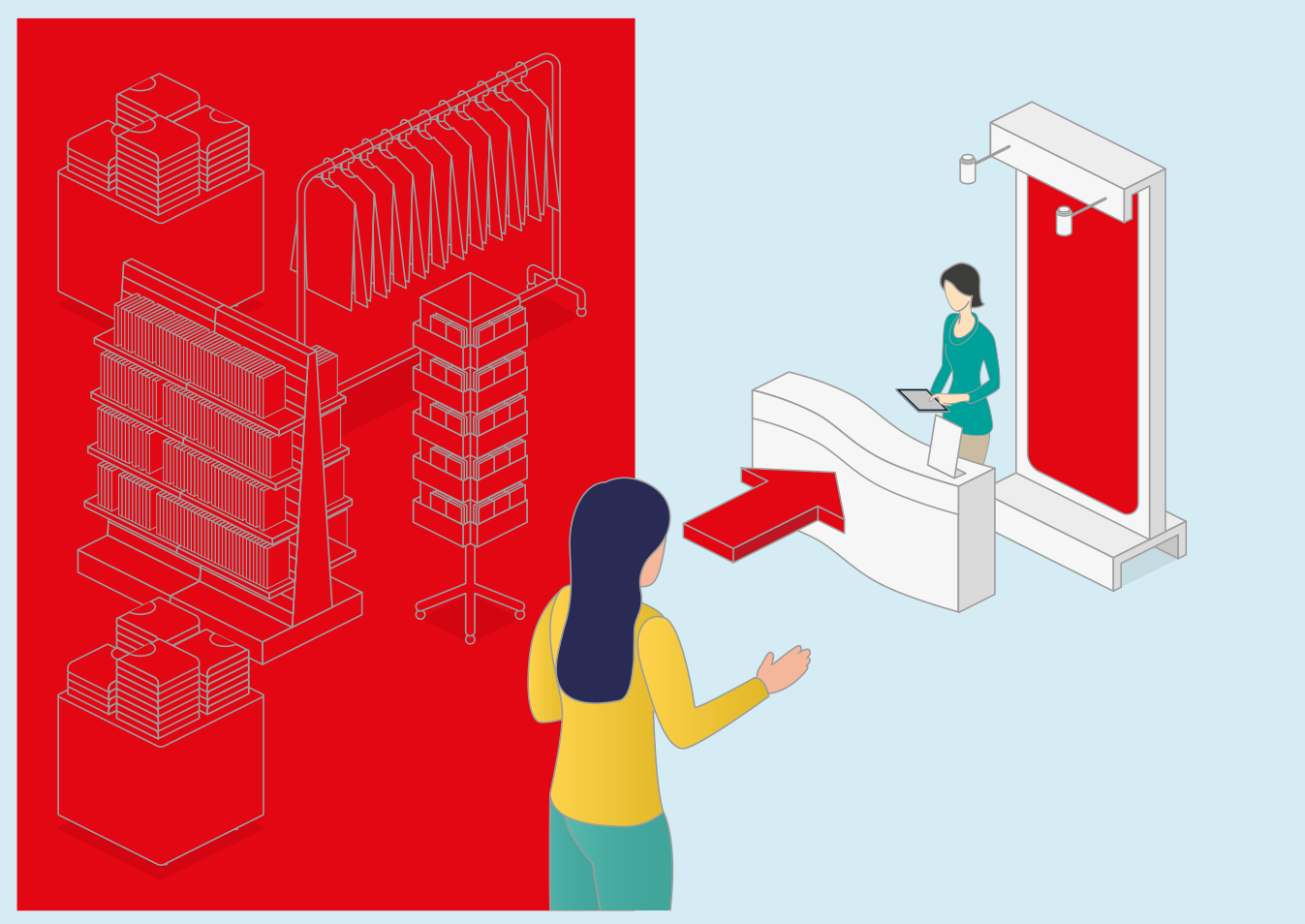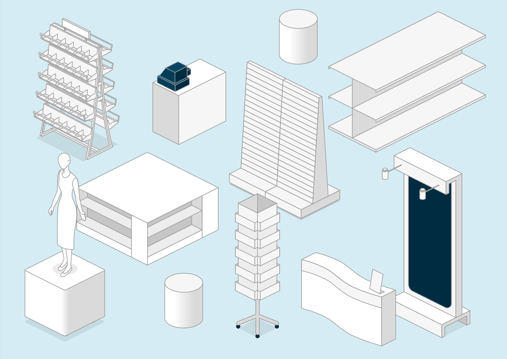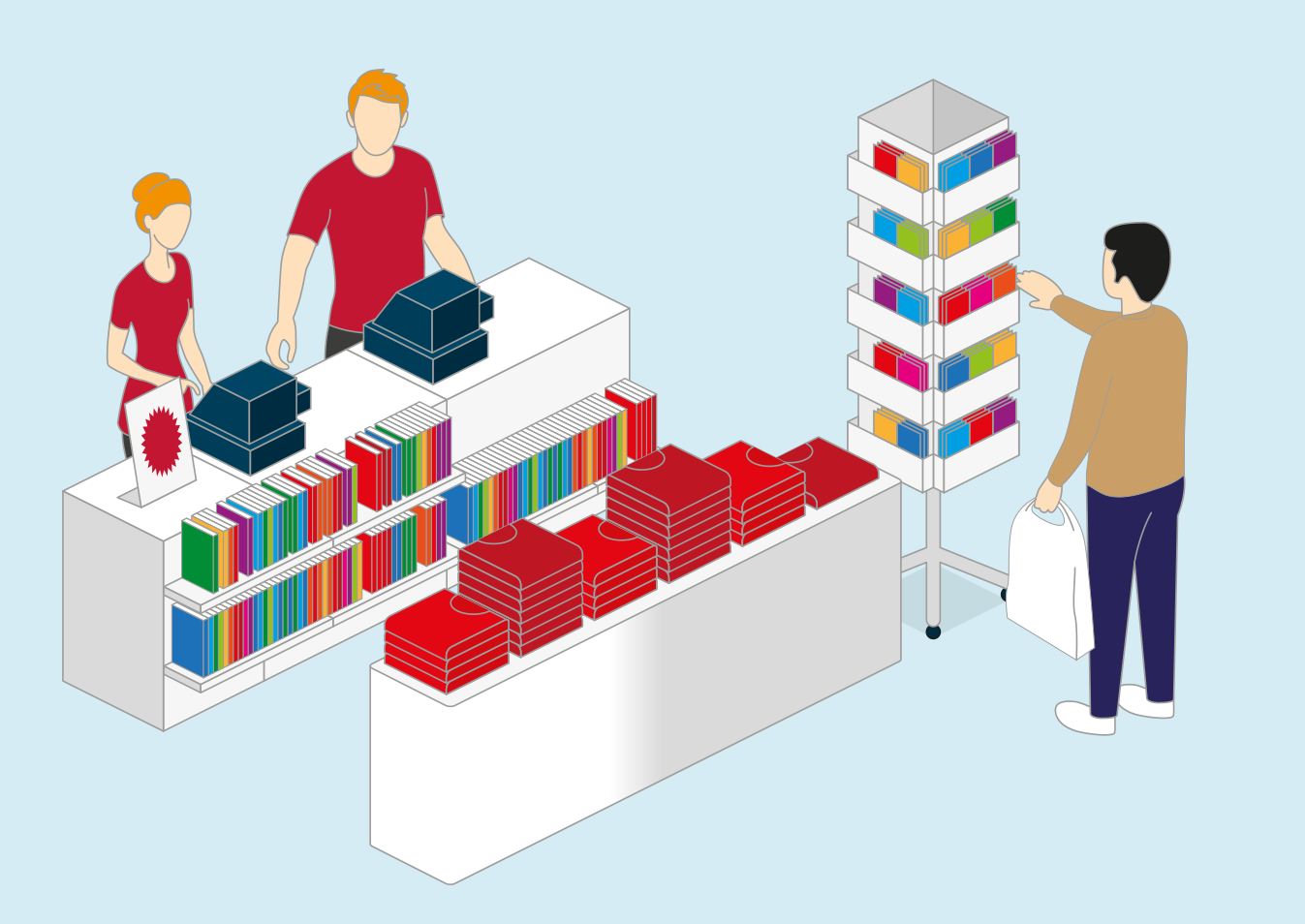
Point of Sale Displays
Did you know that choosing the right point of sale displays can increase sales by 445%?
The secret to successful retail store design is to put yourself in your customers' shoes. Think about how they might feel as they walk around your store and identify key opportunities to drive sales.
A point of sale display is designed to grab the customers' attention at or near the check-out to encourage last-minute impulse purchases. The best point of sale displays will use eye-catching designs and strategic positioning for maximum impact.
Promoting products at the check-out is particularly effective as customers are already in the right frame of mind to make a purchase. For example, if a customer is about to spend £100 on a new duvet, convincing them to splash out an extra £10 on pillowcases should be a walk in the park.
Do You Have A Point of Sale Display Area?
Your point of sale display area needs to facilitate selling in every possible way. Whether you're looking for a temporary cardboard display to promote a one-off sale or a more permanent plastic solution, point of sale stands come in all shapes and sizes.
Not only is the point of sale display area a fantastic place for impulse buys, but it is also a handy opportunity to push commonly forgotten items. Make sure you design your store to have plenty of room around the check-out to maximise point of sale opportunities. If your employees are on-the-ball, you'll be able to add to a lot of purchases this way.
As for impulse buys, remember that your customers will often be waiting in the queue for a little while. Their eyes will be wandering, so make sure they can settle on an exciting and relatively inexpensive product that might appeal to your audience.
Finally, make sure customers have enough space to enjoy their shopping experience. Give them room to put down any other bags they might have while they pay and make sure they feel comfortable. Remember, the check-out will be their final interaction with your store, which may well determine whether or not they come back.
Find out more about POS Marketing Strategies for Optimum Sales or our Top 7 Retail POS Design Tips.



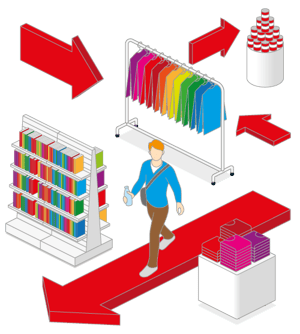 What Happens When Customers Enter A Retail Store?
What Happens When Customers Enter A Retail Store?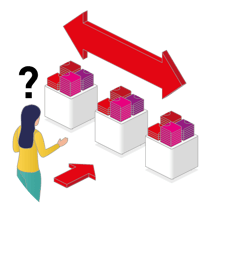 Use All Five Senses
Use All Five Senses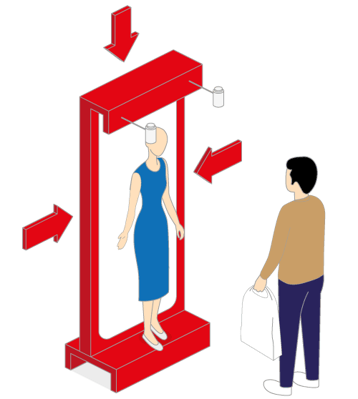 Keeping Customers Engaged: Speed Bumps, Power Walls And Space To Move
Keeping Customers Engaged: Speed Bumps, Power Walls And Space To Move